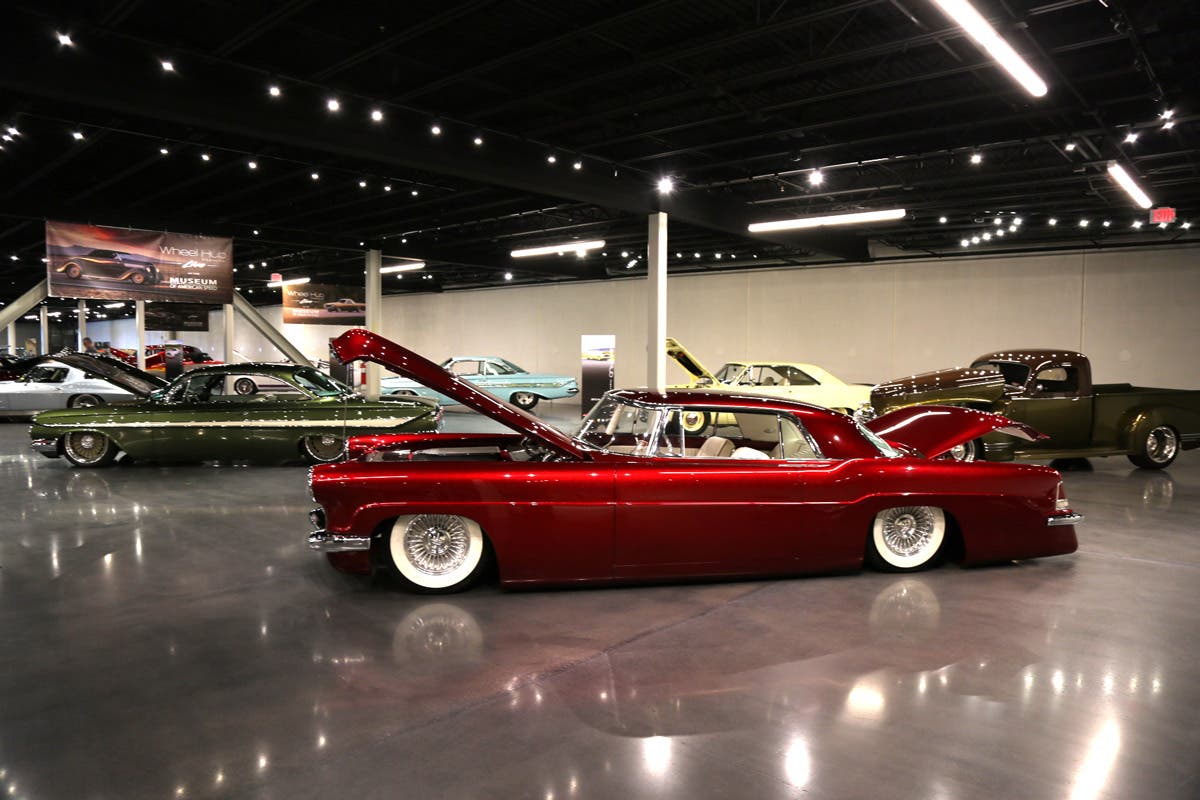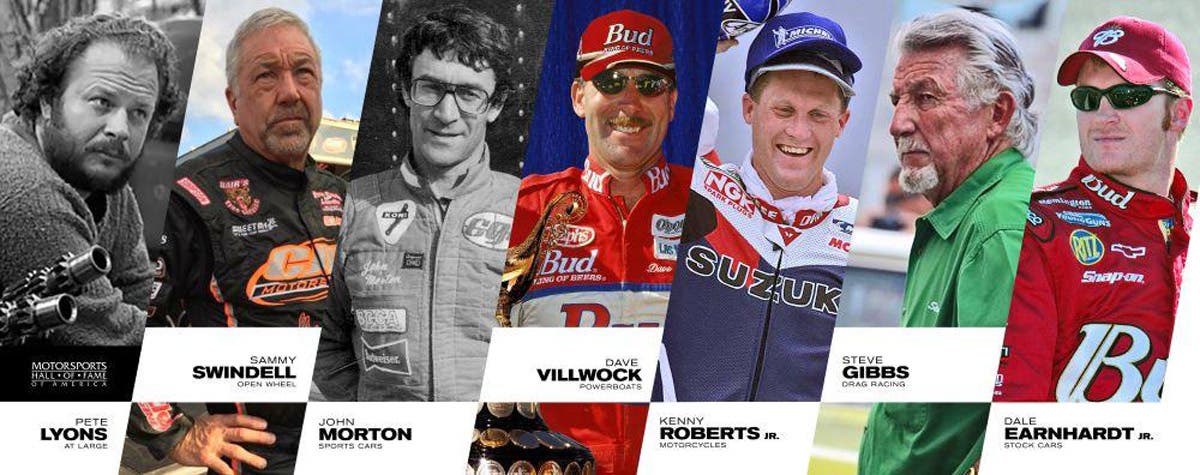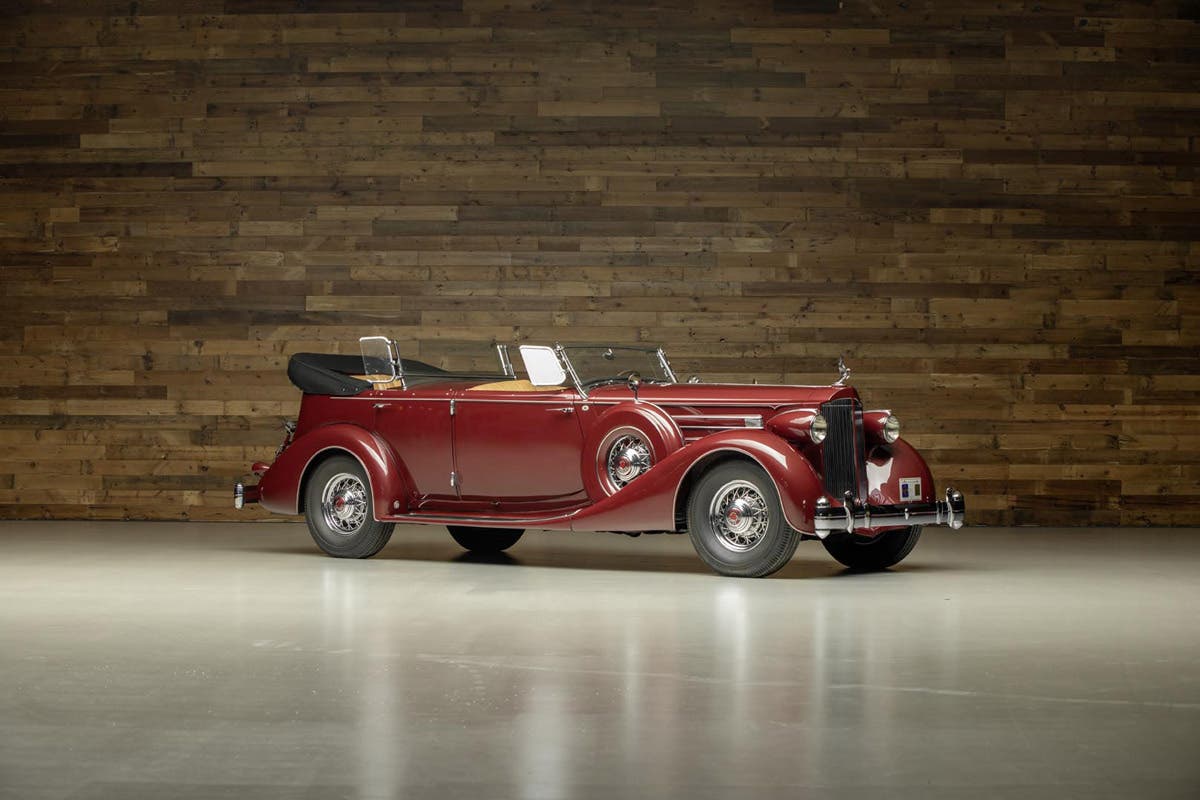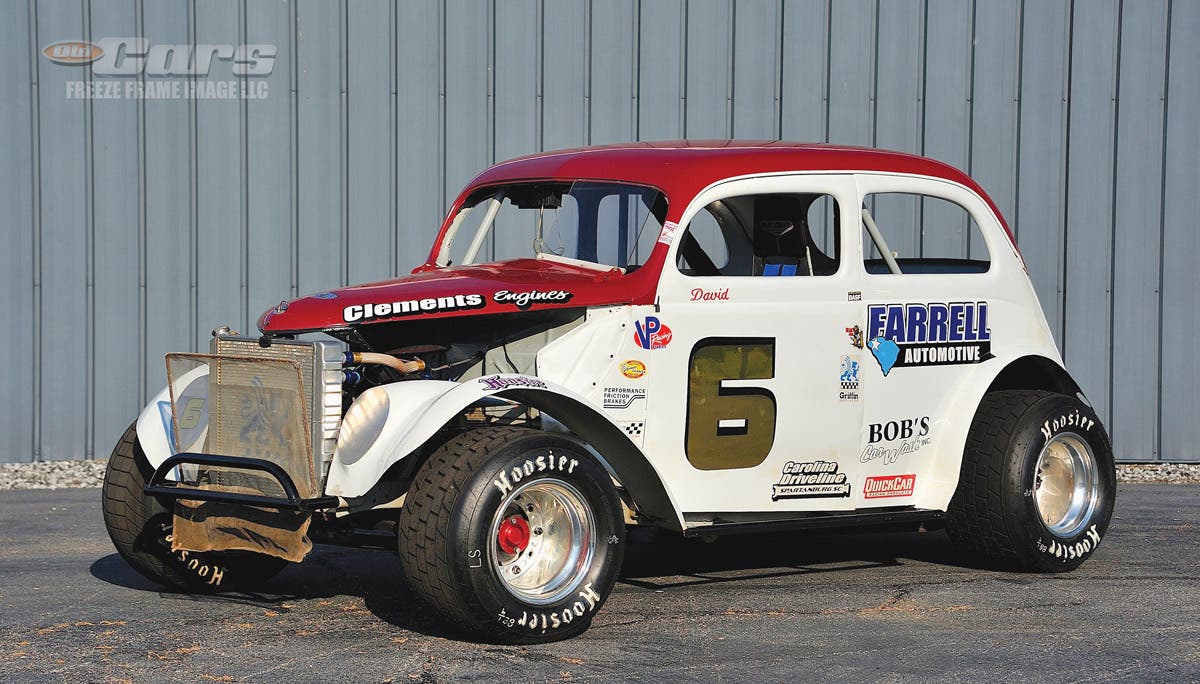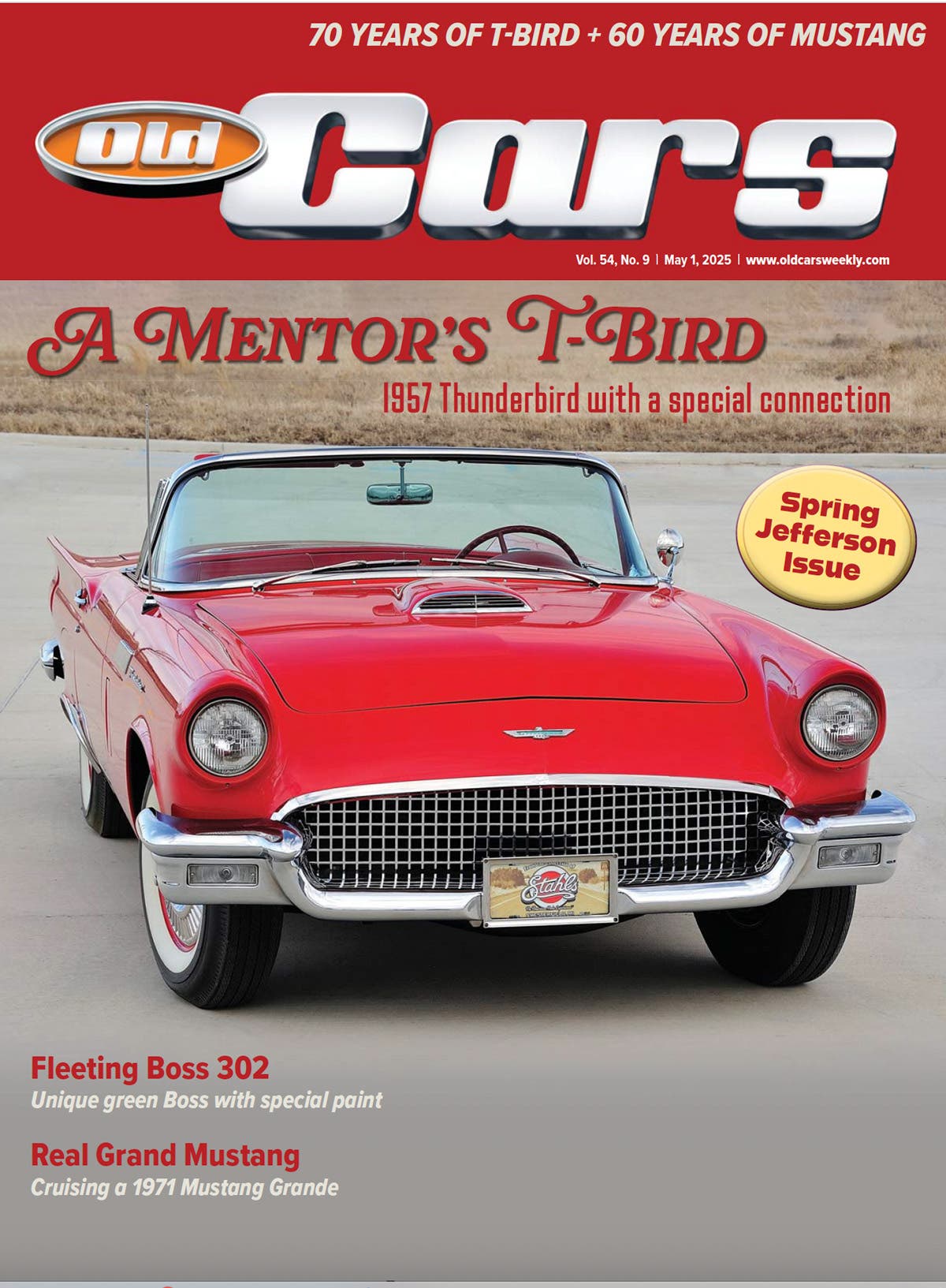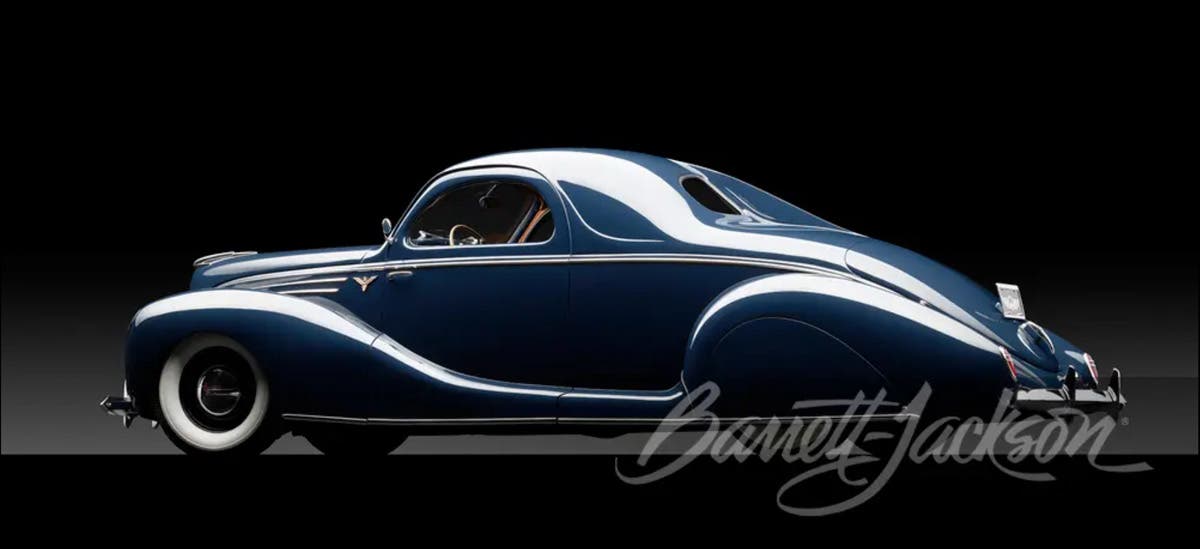10 Lost Duesenbergs
Between the Auburn Cord Duesenberg Automobile Museum and ACD Club members, there were dozens of surviving Model J Duesenbergs in Auburn, Ind., this past Labor Day weekend. Each year, Auburn…
Between the Auburn Cord Duesenberg Automobile Museum and ACD Club members, there were dozens of surviving Model J Duesenbergs in Auburn, Ind., this past Labor Day weekend. Each year, Auburn hosts the club’s annual reunion and it holds its own ACD Festival to honor the great Classics built in that town and elsewhere in Indiana. Thousands of fans descend on the Midwestern town to see the rare cars gathered against the factory showroom that is now the museum.
Of the 481 Model J Duesenbergs built, many of the 378 survivors have been seen in Auburn over the past 63 years that the meet has been held. But some Model Js have never been to Auburn, nor will they ever. Although the survival rate of Model J Duesenbergs is astronomically high compared to other cars at 78.5 percent, still 111 cars didn’t survive to become cherished Classics. Here are a few of those unfortunate cars lost to time and human carelessness. Be prepared: you will need a strong constitution to read about how some of these majestic cars met their demise.
1 - Brunn Torpedo Phaeton, J-496
The most famous “lost” Duesenberg is J-496, the first Torpedo Phaeton which was constructed to the special order of a young customer. The Torpedo Phaeton was an original design by Gordon Buehrig, who worked hand in hand with the young customer to build a car that precisely met his ideas for a Duesenberg. The Torpedo Phaeton’s unique body feature of a rounded rear deck behind the rear seat made it most unusual for a phaeton at that time. A supercharged was added after its initial construction and had the long, narrow eight-port “Monel” exhaust pipe coming out of the passenger hood side. The owner is said to have enjoyed its nighttime glow once the engine became hot.
The story of the car was published in J.L. Elbert’s 1951 book “Duesenberg: The Mightiest American Motor Car,” and Elbert’s prose and the very thought that such a beautiful car could be lost made it legendary.
Elbert wrote, “Several years later, with its headers glowing, like the silver mane of a wild palo-mino in the moonlight, the famous Torpedo Phaeton leaped a cliff in the region of the painted de-sert, burning itself into the realm of legend. If there is such a thing as a Duesenberg Valhalla, one can wager that the original Torpedo Phaeton by Brunn is the swaggering king of the royal hall.”
Unfortunately, much of that story is filled with poetic license and the truth is much less fanciful according to Duesenberg historian and restorer Randy Ema. The young owner drove the car into a ditch, damaging the frame and the left side of the body. The wreck was bought by Duesenberg’s Los Angeles branch and parted out. That glowing exhaust port and the supercharger blower went on the “Mudd coupe” (J-212), and other parts such as the engine and frame may have been reused, but the beautiful Torpedo Phaeton body was scrapped.
While the original Torpedo Phaeton suffered a ghastly fate, its beauty was immediately realized and four more nearly identical bodies of this style were built for Duesenberg chassis (two by coachbuilders Weymann and two by A.H. Walker). The body has also been recreated for other Duesenberg chassis and there are now more Torpedo Phaetons than originally built for the Model J chassis.
2 - Judkins coupe, engine unknown
Texas oil man Frank Yount bought three new Duesenbergs, one of which he worked with Gor-don Buehrig to design. The result of their work was a long, low three-window coupe that became the first Duesenberg body designed by Buehrig. Coahcbuilder Judkins turned Buehrig’s two-dimensional drawing into a three-dimensional masterpiece, resulting in a duplicate body being built.
Yount reportedly used the Judkins coupe as a “Sunday car” and for special occasions. After his 1933 death, Pansy, his wife, moved to Kentucky and took along her husband’s stable of cars, which included three Duesenberg Model Js (among them the Judkins coupe). While Frank Yount loved cars, Pansy loved horses and according to researcher Greg Riley, her horse trainer Cape Grant regularly used the Judkins coupe. Grant eventually crashed the Judkins coupe in a drunk driving incident. It was presumably scrapped following the accident, but at least it didn’t suffer the fate of Frank Yount’s Judkins berline.
3 - Judkins berline, engine unknown
Frank Yount’s last of three Duesenbergs sported another Judkins body, this one a sedan with a divider window (berline). Yount purchased this Judkins berline at the 1933 Chicago’s World Fair and had it refinished in black with gold accents to reflect his oil wealth. The very day Yount watched his new Duesenberg get unloaded from the train so he could drive it home, he died of heart failure. The car followed Yount’s widow, Pansy, to Kentucky where she established extrava-gant horse stables built from her husband’s oil wealth. Coincidentally, Pansy Yount’s neighbor was Elizabeth Arden, the owner of the single other Judkins berline of this style. Perhaps not fond of the idea that her famous neighbor owned the same car, Yount sent her husband’s still-beautiful, low-mile Duesenberg Judkins berline to the World War II scrap drives; it was photographed on the scale at her Spindletop Farm sans tires. Legend has it that someone saved the Duesenberg from the scrap heap and when Pansy Yount learned of this, she retook possession of the car and then en-sured that it was cut up and lost forever. Arden’s matching Duesenberg has also been lost, but to unknown circumstances.
4 - Franay convertible coupe, J-506
At the 1934 Paris salon, a stunning and unique two-tone Duesenberg Model J convertible coupe was displayed by Parisienne coachbuilder Franay. The one-off car was unusual for its separate trunk incorporated into the body’s rakish design. Also unique were the fenders, which were differ-ent than the standard Duesenberg fare. Not only was the car notable for its design, it also received one of the 38 superchargers built for the Duesenberg 420-cubic-inch straight-eight.
Emile Beghain, co-driver to Prince Nicholas who compete with a Duesenberg at the 1935 Le Mans race, bought the Franay convertible coupe around 1935. It remained in his possession until he had to abandon his estate during 1962 amid war for Algeria’s independence. In the Summer 1996 issue of Automotive History Review, publication of the Society of Automotive Historians, French automotive historian Alain Dollfus described the car as a wreck at the time of its abandonment. How it came to be wrecked by 1962 is unclear, but Beghain apparently planned to restore the car and had acquired for parts the Duesenberg town car with coachwork by Kellner (J-365). The Kellner town car was abandoned alongside the Franay convertible coupe when war broke out, and both are lost cars today.
5- Letourneur et Marchand faux cabriolet, J-466
One of the most elegant fixed-roof Duesenbergs to have been built was a unique faux cabriolet. This body was essentially a victoria with a fixed, leather-covered roof and purely cosmetic landau irons to make it appear as though the roof collapsed. A large but proportionate trunk gave the black car balance, and it was fitted with Grabel headlamps to complete the car’s European look. Accord-ing to French automotive historian Alain Dollfus, the car was designed and built by French coachbuilder Letourneur et Marchand for the Marquis de Portago and delivered to him on Aug. 14, 1931. The Marquis de Portago split his time between Madrid and Paris, but the car met its demise in the French commune of Roanne. There, the “inventor” who bought the car in 1950 took it apart simply to “see what made it tick.” Its remains were scrapped in 1965.
Letourneur et Marchand built two other bodies for Duesenberg Model J chassis, both cabriolets of similar style, and they, too, are lost cars.
6 - Brunn Limousine, J-520
Brunn & Co. of Buffalo, N.Y., is known to have built just six bodies for the Model J chassis. Despite being known for its quality construction, only three are known to survive, all of Brunn’s Riviera convertible sedan style. Among those lost is the handsome Brunn fully enclosed limousine that was used for a time as the personal vehicle of E.L. Cord of the Cord Corp., owners of Duesenberg.
7 - Hibbard & Darrin town car, unknown engine number
The most prolific European coachbuilder on the Duesenberg Model J chassis was Hibbard & Darrin, perhaps because the E.Z. Sadovich, the importer to Europe of Duesenberg chassis, rented showroom space from the coachbuilder. Twelve different bodies were built by Hibbard & Darrin for the Model J chassis, the first of which was a town car with engine J-195.
Town cars are at home on the concours field, but not necessarily in a speed competition yet this Duesenberg did both when it compete in the January 1930 Rally Mondial de l’Elegance Sportive Automobile. This French 1000-mile rally also included a concours and the Duesenberg did well in both, finishing just behind the first-place Rolls-Royce. In June, the repainted town car was dis-played at another concours in Europe.
It has since disappeared without leaving a tire mark.
8 - Union City Body Co. coupe, J-406
Although introduced in 1928, a two-passenger coupe with a rumble seat was not cataloged by Duesenberg for the Model J until 1931. As a result, very few rumble seat coupes are known to have been built on the Duesenberg Model J chassis. Four of the coupe bodies that were built were originally designed to customer order; the other two bodies were of the design pictured in the 1931 Duesenberg catalog and built by the Union City Body Co. Both of these cataloged coupes sold in 1931.
The story of one of those Union City Body Co. coupes was previously told in Old Cars; it is the car that lost its body in the 1940s, but Jay Leno recently had a replacement body built for its original chassis and engine. The other coupe is altogether lost.
9 - Rollston panel/opera brougham town car, J-568
A one-of-a-kind Duesenberg Model J town car that was butchered early in life received a re-prieve, only to be completely discarded altogether. Its sad story begins in the shadow of actress Marion Davies’ spotlight.
Davies was a multiple Duesenberg owner, her first having been a Hibbard & Darrin transform-able cabriolet (a convertible sedan whose roof could be positioned in several ways, including as a town car). After her Hibbard & Darrin-bodied Model J, a very modern, streamlined town car body was drawn for Davies, but she rejected this design in favor of a very dated panel brougham town car built by Rollston. This panel brougham carried cane work on the rear compartment and a “six fender” design in which there was a break between the front and rear running boards. When Davies received this Rollston panel brougham in 1935, its archaic styling with squared body edges was at least 10 years out of date. When J.L. Elbert sent a survey to known past and present Duesenberg owners for his forthcoming book, Davies replied, “...I bought the [opera brougham] in 1935 at the New York Automobile Show. It was exhibited in Chicago, with my permission. I have always considered the Duesenberg the finest car that was ever manufactured. It is too sad that they are not producing anymore....”
According to Randy Ema, the panel brougham’s rear compartment was cut off so it could be used on a Hollywood movie set and the rest was made into a truck after Davies’ ownership. Realizing the studio still had the rear section, a subsequent owner tried to correct this blasphemous move by retrieving the rear compartment and installing it back on the car. The work was subpar, but at least the panel brougham whole again. It would not remain whole for much longer, however. The car was later broken down for parts and only its engine lives on, now powering a Packard convertible coupe.
10 - Locke town car, J-400
Just one body was built by Locke & Co. of New York City for the Model J chassis, a quite formal landualet body in which only the area above the rear doors was fixed; the chauffeur and area above the rear seas could be opened. The car was opulently dressed with burled wood in the division and further trimmed the remainder of the rear compartment; a roof rack; rope pulls on the rear doors; and other fine materials. The cowl was raked rearward and lined up with the split V windshield, and the car featured an unusual beltline molding across the doors. This long-wheelbase Model J was painted three shades of green and delivered in 1930. Its history isn’t well tracked, but it is known to have not survived.



